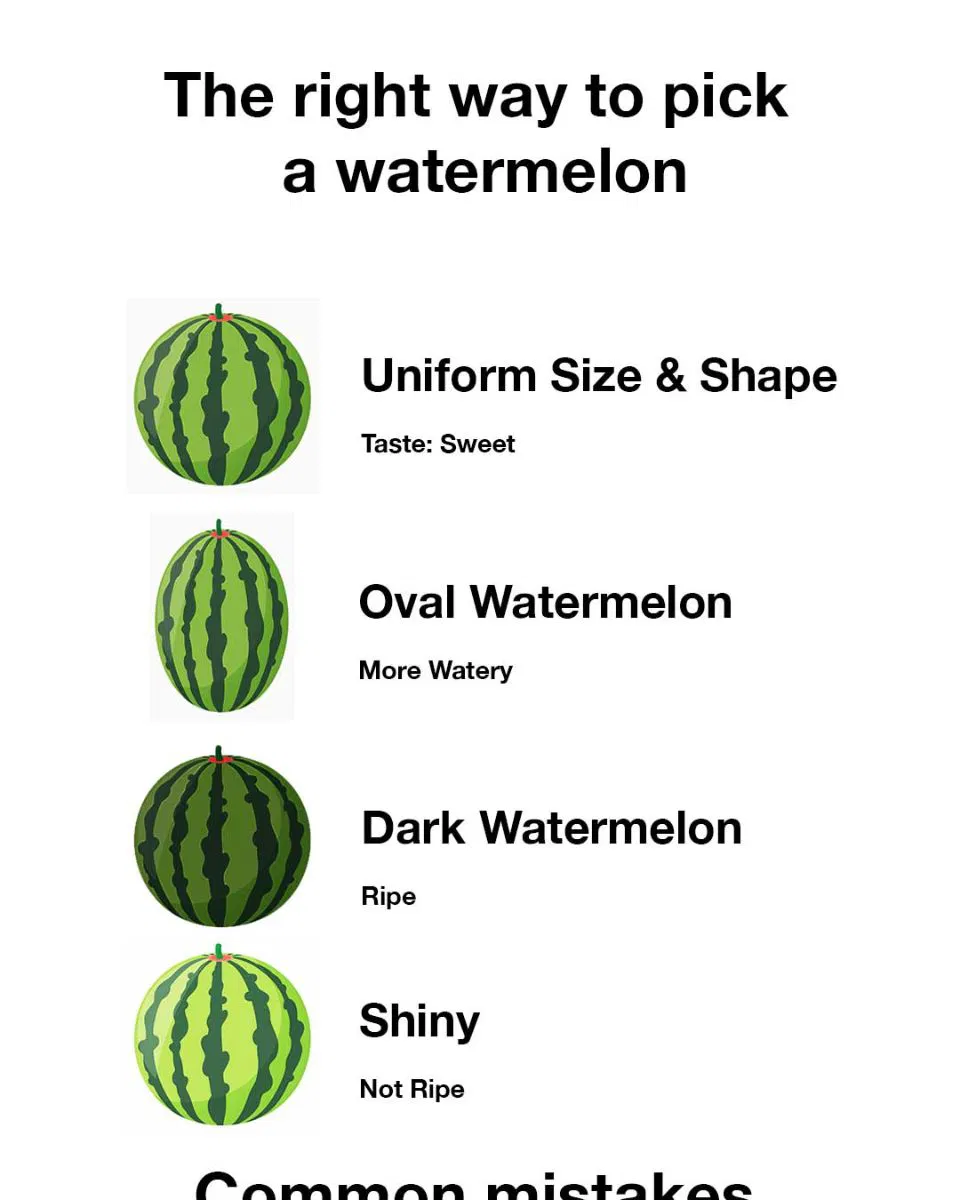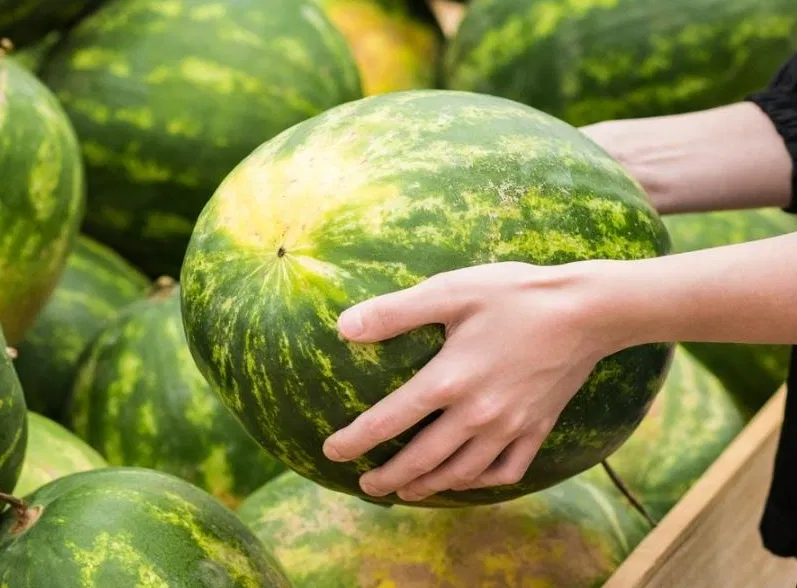
You might think picking a watermelon is as easy as grabbing the first one you see, but you’d be mistaken. Choosing the perfect watermelon based on appearance is almost an art form. Not only can selecting the right watermelon elevate your summer picnics and barbecues, but it also ensures you’re bringing home the juiciest, sweetest fruit possible. A watermelon that’s underripe or overripe won’t just disappoint your taste buds—it could end up as wasted money and effort.
Many people underestimate the importance of visually assessing a watermelon before purchase. You might be inclined to think that thumping or tapping the fruit is all it takes, but these methods can be misleading and imprecise. Reading this article will arm you with the knowledge to pick the perfect watermelon every time, using a detailed step-by-step guide focused on visual inspection alone.
Step 1: Look for a Uniform Shape
Choose a watermelon that has a consistent shape, whether it’s round or oval. Irregularities can be a sign of uneven growth, which might affect the texture and flavor of the fruit.
Step 2: Check for the Field Spot
The field spot is the area where the watermelon rested on the ground. Look for a creamy yellow, butter-like spot. If it’s white or non-existent, the watermelon may not be fully ripe.
Step 3: Inspect the Color
A good watermelon should have a deep green color. Stripes should also be clearly defined. Light green or inconsistent coloring might indicate an underripe fruit.
Step 4: Assess the Skin
The skin should be dull and not shiny. A shiny surface can indicate that the watermelon is underripe. Also, ensure there are no significant cuts or bruises on the skin.
Step 5: Look for Webbing
Webbing appears as brown, web-like patterns on the surface of the watermelon. These marks are usually an indication that bees pollinated the fruit multiple times and can signify sweetness.
Step 6: Size Matters
While bigger isn’t always better, a heavier watermelon generally means it’s juicier. Compare watermelons of the same size and choose the heavier one.
Step 7: Stem Check
If the watermelon has a stem, make sure it’s brown and dry. A green stem can indicate that the fruit was picked prematurely.
Common Mistakes Made When Picking Watermelon

Ignoring the Field Spot:
Mistake: Choosing a watermelon without checking the field spot (the creamy yellow patch where it rested on the ground).
Why it matters: A prominent, creamy yellow field spot indicates the melon ripened on the vine, leading to better sweetness.
Not Checking the Sound:
Mistake: Picking a watermelon without giving it a tap.
Why it matters: A ripe watermelon produces a deep, hollow sound when tapped, indicating it’s juicy and ready to eat.
Overlooking the Shape and Uniformity:
Mistake: Ignoring the shape and uniformity of the watermelon.
Why it matters: A symmetrical watermelon without irregular bumps usually indicates consistent growth and ripeness.
Selecting Based on Size Alone:
Mistake: Assuming bigger watermelons are always better.
Why it matters: Size doesn’t necessarily correlate with quality. Medium-sized watermelons often have better texture and flavor.
Not Inspecting the Surface:
Mistake: Failing to check for blemishes, cuts, or bruises.
Why it matters: Surface imperfections can indicate damage or poor handling, affecting the fruit’s quality.
Choosing Based on Color Alone:
Mistake: Picking a watermelon solely because of its dark green color.
Why it matters: While a dark green color can be a good sign, it should be combined with other factors like the field spot and sound for the best results.
Forgetting to Check the Weight:
Mistake: Not comparing the weight of the watermelon to its size.
Why it matters: A ripe watermelon should feel heavy for its size, indicating high water content and juiciness.
Not Considering the Season:
Mistake: Buying watermelon out of season.
Why it matters: Watermelons are typically best in the summer months when they are in season, ensuring optimal ripeness and flavor.




















